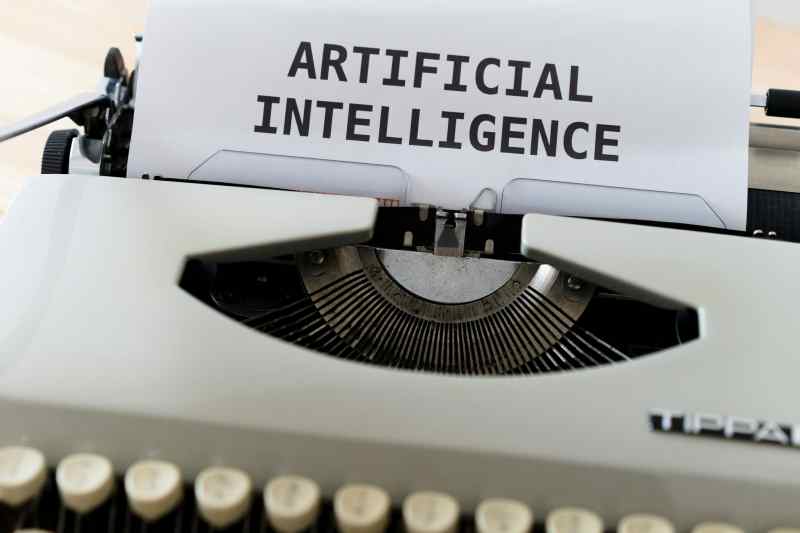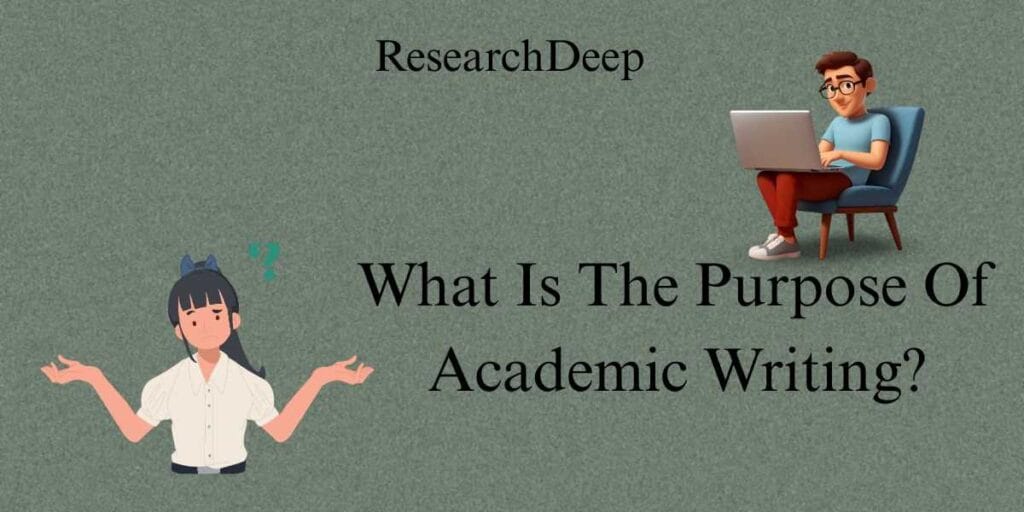Last updated on November 25th, 2025 at 01:28 pm
AI tools can be invaluable when used judiciously to perform specific academic writing tasks.
However, it will help to evaluate their benefits and limitations.
In this article, I have examined the advantages, limitations, and drawbacks of employing AI tools for academic writing. Also mentioned are exceptional cases where research papers fully generated using AI tools have been published in reputed journals.
Table of Contents
The Pros of AI tools for academic writing
- AI tools automate routine tasks, such as formatting references, in-text citations, and bibliographies, ensuring consistency throughout the paper.
- AI can optimize the tedious tasks of personalizing research and writing processes, such as locating and providing relevant papers and books that may be needed to substantiate the subject or hypothesis under investigation. For instance, Google Scholar’s AI-based Citelighter facilitates scholars by sourcing academic research databases related to any academic field.
- Sophisticated software, such as EndNote, Zotero, and Mendeley, among others, can be extremely beneficial for organizing academic research papers and assisting with in-text citations.
- Some AI tools, like Grammarly, can help improve written text by checking for grammar and spelling mistakes and offering suggestions for writing better sentences in perfect, error-free English, which can be invaluable.
The limitations of AI tools
- Many academic research papers require a methodology, results, and discussion section that must be conducted and compiled entirely by the researcher(s), as every input must be monitored and configured manually. Currently, AI tools have limited capabilities, and therefore, they cannot assist in this process.
- Moreover, AI cannot interpret complex subjects that require justification through arguments and discussions to provide nuanced insights. Briefly, they lack the human touch to write high-quality research papers.
- Currently, AI tools are not designed to write full academic research papers due to their limited understanding of complex topics. They are built on platforms that have a limited understanding of complex terminology. They lack the human element to provide a deeper understanding of most topics.
- AI tools are generally programmed with a specific set of instructions and, due to their limited creativity, cannot provide unique and innovative ideas, interpretations, or ‘think outside the box’ solutions as humans can.
The Cons of AI Tools
- Since most AI tools are programmed using existing historical data and often produce content that is not original, as it is more or less similar to or copied from other relevant sources, they carry a significant risk of plagiarism.
- As all AI tools utilize specific algorithms to generate their content, most AI detection tools are also developed using similar algorithms. They can consistently detect between 80% and 100% of AI-generated content.
- It is a given that academic research papers need to be as authentic as possible; if generated artificially, they would essentially require extensive paraphrasing.
- There can be no compromises here, as most universities and journal publications have very strict guidelines that must be adhered to in their entirety. Importantly, they have the best plagiarism-checking tools in the industry, such as Turnitin and Authenticate, among others.
[I have first-hand experience with journals that have refused students with suspicious, doubtful, or plagiarism-infested papers from publishing them.]
Research papers that have been exceptions
Despite the numerous debates about academic dishonesty and integrity issues prevalent in so-called ‘Elite Academia’, there have been rare instances where academic papers entirely generated by AI tools were published verbatim in reputable high-impact Open-Access journals.
Since journals are independent bodies, there are no universal guidelines or stipulations that bind them. The decision to publish a research paper lies in their sole discretion.
Contrarily, many universities may not accept them for credit or honor these students with a degree.
- In 2018, a paper about automated image recognition was published by a computer scientist from Northeastern University in the open-access journal ‘IEEE Transactions on Pattern Analysis and Machine Intelligence’. The paper was formulated using an AI-assisted method, and the text of the paper was generated entirely by AI tools.
Journal Impact factor: 8.98
- In 2016, a paper about technology and education was published in the open-access journal ‘Educational Technology Research and Development’. The paper was created using an AI-assisted method, where a computer generated the text entirely.
Journal impact factor: 4.95.
- Additionally, in 2017, an AI-generated paper about virtual reality was published in the academic journal ‘Computers in Human Behavior’. Again, all of the text in the paper was generated using AI.
As this paper was not in the Open Access domain, the impact factor is unknown.
FAQ’S
Can AI improve academic writing?
Certainly! Artificial intelligence (AI) tools can significantly enhance the research paper writing process. However, remember that these tools are meant to assist, not replace, your effort in research and writing.
Are AI tools a game-changer for academic writing?
The emergence of AI tools has become a game-changer, as they can assist with research and writing, but must be used judiciously and responsibly.
Conclusion
AI tools can be invaluable for saving time when used wisely. They provide accurate assistance for repetitive tasks and personalize some processes. However, the lack of creativity and originality, in addition to the significant risk of plagiarism, can be a severe deterrent.
It’s worth mentioning that the ethicality of using AI in academic research papers is still widely debated. The principal bone of contention is not ethics alone, but rather academic integrity.
Some researchers argue that when an AI tool generates content for an academic research paper and subsequently submits it for publication, it constitutes a form of academic dishonesty, as it is not original. In contrast, others suggest that a student is expected to understand the subject well and write the research paper from his/her perspective to be credited with the corresponding degree.





Comments are closed.